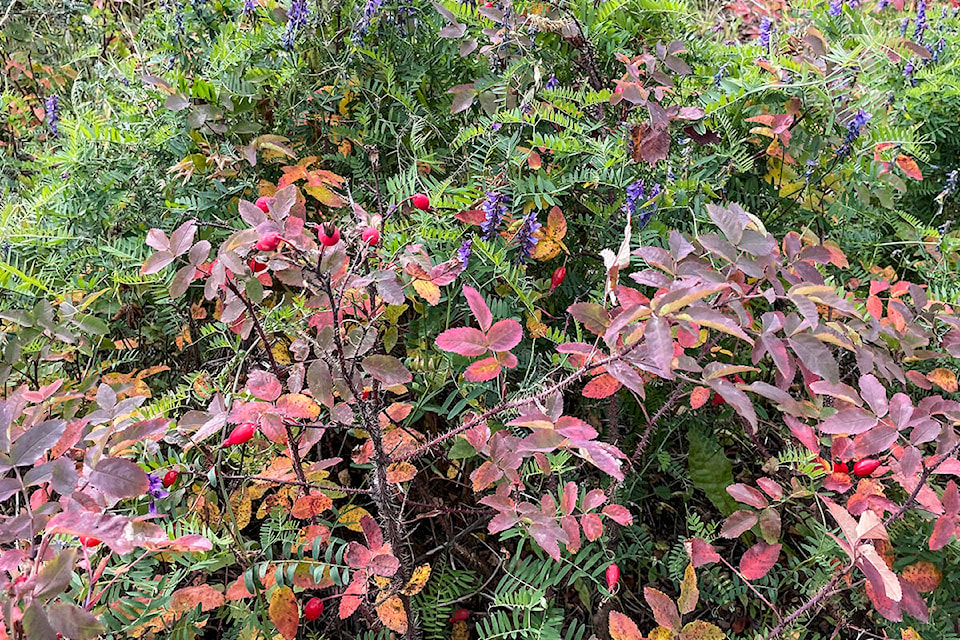The Yukon Invasive Species Council (YISC) is advising Yukoners of the negative impacts of bird vetch, a press release said on Sept. 24.
Bird vetch is one of over 20 invasive plants species on the Yukon’s watch list. The plant is distinguishable by its creeping tendrils and its purplish-blue flowers arranged in a one-sided spike.
“Some Yukoners like to grow it in their gardens as an ornamental plant,” said Andrea Altherr, the YISC executive director.
As we approach winter and gardeners are removing plants from their gardens, Altherr said it’s important for people to dispose of plants properly.
In the case of bird vetch, Altherr said it should be going to the landfill, and not in green bins. Disposing in the landfill ensures the seeds don’t end up in compostable soil.
“The seeds, which are on the plants right now, will not be destroyed by the simple process of composting,” said Altherr. “When the seeds are mixed in with other materials at the garbage dump, those seeds will have little potential to go anywhere.”
Over the past decade, the YISC has observed a “dramatic increase” in the number and size of bird vetch patches in Yukon communities.
Altherr said most invasive species tend to grow in disturbed sites, such as vacant lots where lots of weeds are growing.
What makes bird vetch so concerning, Altherr said, is its ability to invade undisturbed sites like spruce forests and south-facing slopes.
Once it is established, the plant uses creeping tendrils to climb and choke out native vegetation and “acts to change the soil nutrient composition.”
“This is a threat to the Yukon’s biodiversity,” said Altherr.
Over the past several years, the YISC has conducted trial removals of bird vetch including methods to eradicate the plant by hand-pulling, mowing, digging up and removing the top layer of soil, using residential-grade herbicide and reseeding with native plant species.
“We have found that though these techniques have helped slow the growth of bird vetch plants, we have been unable to eliminate this aggressive invader from our trail sites,” said Altherr.
The YISC encourages property owners and gardeners to “practice environmental stewardship” and remove bird vetch that’s growing on private property.
Altherr said although newer to the territory, bird vetch can spread rapidly.
“Invasive plants, they tend to be relatively quiet when they are first introduced,” said Altherr. “When they get a good foothold and get strong then all of a sudden they really take off.
“That’s why it’s important to start fighting it right at the beginning.”
Contact John Tonin at john.tonin@yukon-news.com
